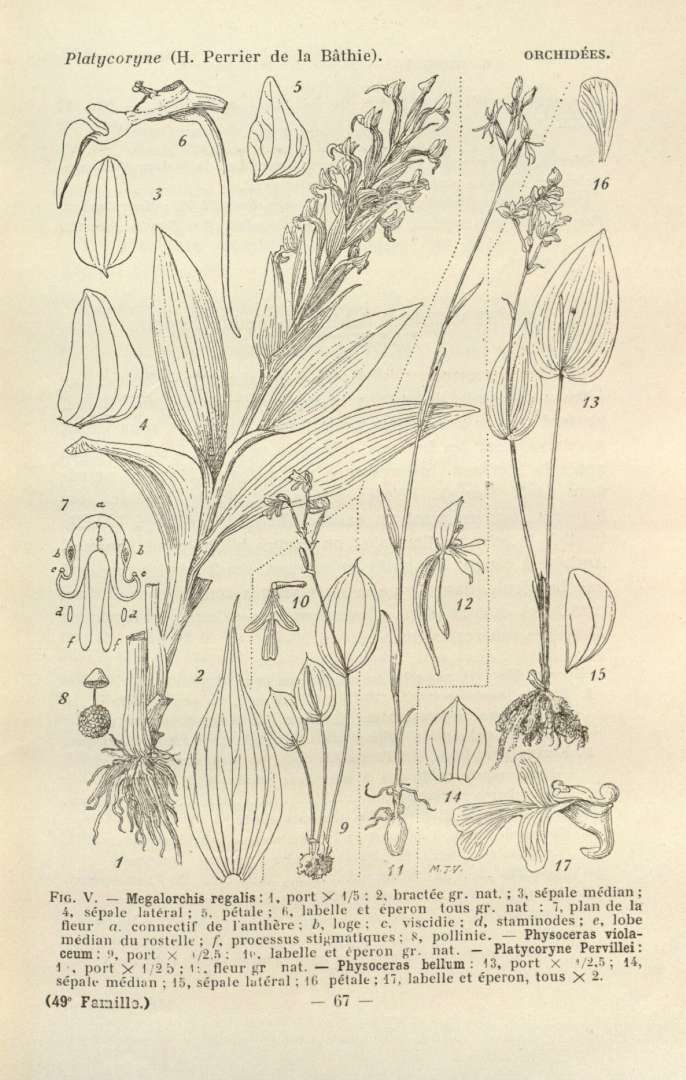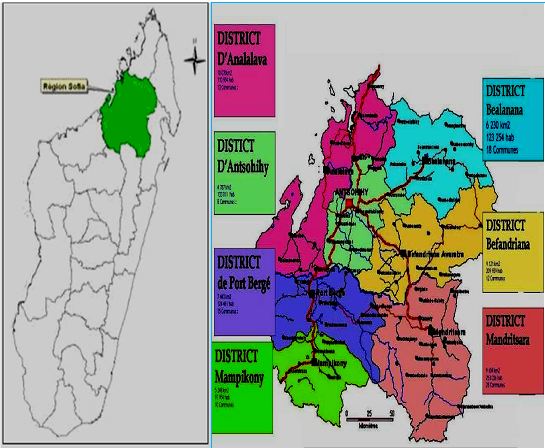|
Schizolaena Parviflora
''Schizolaena parviflora'' is a tree in the family Sarcolaenaceae. It is endemic to Madagascar. The specific epithet ' is from the Latin meaning "small flowers". Description ''Schizolaena parviflora'' grows as a tree up to tall. Its inflorescences are small and dense. The involucre is glabrous. It is thought to attract lemurs, bats and birds who in turn disperse the tree's seeds. The fruit is considered edible. Distribution and habitat ''Schizolaena parviflora'' is known only from the northern regions of Diana Diana most commonly refers to: * Diana (name), a given name (including a list of people with the name) * Diana (mythology), ancient Roman goddess of the hunt and wild animals; later associated with the Moon * Diana, Princess of Wales (1961–1997) ... and Sofia. Its habitat is subhumid forests from sea-level to altitude. Some subpopulations of the species are in protected areas. Uses The timber of ''Schizolaena parviflora'' is used in construction and as firew ... [...More Info...] [...Related Items...] OR: [Wikipedia] [Google] [Baidu] |
Joseph Marie Henry Alfred Perrier De La Bâthie
Joseph Marie Henry Alfred Perrier de la Bâthie (11 August 1873 – 2 October 1958) was a French botanist who specialized in the plants of Madagascar. He is the nephew of Eugène Pierre Perrier de la Bâthie, (1825-1916), another botanist, who also collected plants with him. He delineated the two chief floristic provinces of Madagascar (''see'' Ecoregions of Madagascar). Some of his works include ''La végétation malgache'' (1921), ''Biogéographie de plantes de Madagascar'' (1936), and numerous volumes of the serie''Flore de Madagascar et des Comores''(1946-1952). Honours The orchid genus '' Neobathiea'' (originally ''Bathiea'') was named in his honor, as was the indriid lemur Perrier's sifaka (''Propithecus perrieri''). He has other plant genera named in his honour. Such as in 1905, botanist Lucien Désiré Joseph Courchet published ''Perriera'', a genus of flowering plants from Madagascar, belonging to the family Simaroubaceae. Then in 1915, botanist Hochr. published ''Pe ... [...More Info...] [...Related Items...] OR: [Wikipedia] [Google] [Baidu] |
Sarcolaenaceae
The Sarcolaenaceae are a family of flowering plants endemic to Madagascar. The family includes 79 species of mostly evergreen trees and shrubs in ten genera. Recent DNA studies indicate that the Sarcolaenaceae are a sibling taxon to the family Dipterocarpaceae of Africa, South America, India, Southeast Asia Southeast Asia, also spelled South East Asia and South-East Asia, and also known as Southeastern Asia, South-eastern Asia or SEA, is the geographical south-eastern region of Asia, consisting of the regions that are situated south of mainland ... and Malesia. References * External links Images of Sarcolaenaceae in Madagascar (Missouri Botanic Garden) {{Taxonbar, from=Q132091 Malvales families Endemic flora of Madagascar ... [...More Info...] [...Related Items...] OR: [Wikipedia] [Google] [Baidu] |
Endemism
Endemism is the state of a species being found in a single defined geographic location, such as an island, state, nation, country or other defined zone; organisms that are indigenous to a place are not endemic to it if they are also found elsewhere. For example, the Cape sugarbird is found exclusively in southwestern South Africa and is therefore said to be ''endemic'' to that particular part of the world. An endemic species can be also be referred to as an ''endemism'' or in scientific literature as an ''endemite''. For example '' Cytisus aeolicus'' is an endemite of the Italian flora. '' Adzharia renschi'' was once believed to be an endemite of the Caucasus, but it was later discovered to be a non-indigenous species from South America belonging to a different genus. The extreme opposite of an endemic species is one with a cosmopolitan distribution, having a global or widespread range. A rare alternative term for a species that is endemic is "precinctive", which applies to ... [...More Info...] [...Related Items...] OR: [Wikipedia] [Google] [Baidu] |
Madagascar
Madagascar (; mg, Madagasikara, ), officially the Republic of Madagascar ( mg, Repoblikan'i Madagasikara, links=no, ; french: République de Madagascar), is an island country in the Indian Ocean, approximately off the coast of East Africa across the Mozambique Channel. At Madagascar is the world's List of island countries, second-largest island country, after Indonesia. The nation is home to around 30 million inhabitants and consists of the island of Geography of Madagascar, Madagascar (the List of islands by area, fourth-largest island in the world), along with numerous smaller peripheral islands. Following the prehistoric breakup of the supercontinent Gondwana, Madagascar split from the Indian subcontinent around 90 million years ago, allowing native plants and animals to evolve in relative isolation. Consequently, Madagascar is a biodiversity hotspot; over 90% of wildlife of Madagascar, its wildlife is endemic. Human settlement of Madagascar occurred during or befo ... [...More Info...] [...Related Items...] OR: [Wikipedia] [Google] [Baidu] |
Specific Name (botany)
A botanical name is a formal scientific name conforming to the '' International Code of Nomenclature for algae, fungi, and plants'' (ICN) and, if it concerns a plant cultigen, the additional cultivar or Group epithets must conform to the ''International Code of Nomenclature for Cultivated Plants'' (ICNCP). The code of nomenclature covers "all organisms traditionally treated as algae, fungi, or plants, whether fossil or non-fossil, including blue-green algae (Cyanobacteria), chytrids, oomycetes, slime moulds and photosynthetic protists with their taxonomically related non-photosynthetic groups (but excluding Microsporidia)." The purpose of a formal name is to have a single name that is accepted and used worldwide for a particular plant or plant group. For example, the botanical name ''Bellis perennis'' denotes a plant species which is native to most of the countries of Europe and the Middle East, where it has accumulated various names in many languages. Later, the plant was introdu ... [...More Info...] [...Related Items...] OR: [Wikipedia] [Google] [Baidu] |
Latin
Latin (, or , ) is a classical language belonging to the Italic branch of the Indo-European languages. Latin was originally a dialect spoken in the lower Tiber area (then known as Latium) around present-day Rome, but through the power of the Roman Republic it became the dominant language in the Italian region and subsequently throughout the Roman Empire. Even after the fall of Western Rome, Latin remained the common language of international communication, science, scholarship and academia in Europe until well into the 18th century, when other regional vernaculars (including its own descendants, the Romance languages) supplanted it in common academic and political usage, and it eventually became a dead language in the modern linguistic definition. Latin is a highly inflected language, with three distinct genders (masculine, feminine, and neuter), six or seven noun cases (nominative, accusative, genitive, dative, ablative, and vocative), five declensions, four verb conjuga ... [...More Info...] [...Related Items...] OR: [Wikipedia] [Google] [Baidu] |
Glossary Of Botanical Terms
This glossary of botanical terms is a list of definitions of terms and concepts relevant to botany and plants in general. Terms of plant morphology are included here as well as at the more specific Glossary of plant morphology and Glossary of leaf morphology. For other related terms, see Glossary of phytopathology, Glossary of lichen terms, and List of Latin and Greek words commonly used in systematic names. A B ... [...More Info...] [...Related Items...] OR: [Wikipedia] [Google] [Baidu] |
Lemur
Lemurs ( ) (from Latin ''lemures'' – ghosts or spirits) are Strepsirrhini, wet-nosed primates of the Superfamily (biology), superfamily Lemuroidea (), divided into 8 Family (biology), families and consisting of 15 genera and around 100 existing species. They are endemic to the island of Madagascar. Most existing lemurs are small, have a pointed snout, large eyes, and a long tail. They arboreal, chiefly live in trees and nocturnal, are active at night. Lemurs share resemblance with other primates, but evolved independently from monkeys and apes. Due to Madagascar's highly seasonal climate, Evolution of lemurs, lemur evolution has produced a level of species diversity rivaling that of any other primate group. Until shortly after humans arrived on the island around 2,000 years ago, there were lemurs as large as a male gorilla. Most species have been discovered or promoted to full species status since the 1990s; however, lemur Taxonomy (biology), taxonomic classification is ... [...More Info...] [...Related Items...] OR: [Wikipedia] [Google] [Baidu] |
Regions Of Madagascar
Madagascar is divided into 23 regions (''faritra''). These formerly second-tier administrative divisions became first-level administrative divisions when the former six provinces were dissolved on 4 October 2009. Elections Elections for the regional councils were held on 16 March 2008. See also * Subdivisions of Madagascar * Provinces of Madagascar * Districts of Madagascar *List of regions of Madagascar by Human Development Index * List of cities in Madagascar References Sources * Population, area: ''Madagascar: Profil des marchés pour les évaluations d’urgence de la sécurité alimentaire'* (in French:Découpage Territorial - L'Express.mg Regions of Madagascar, Subdivisions of Madagascar Madagascar, Regions Madagascar 2 ''Madagascar: Escape 2 Africa'' (also known as ''Madagascar 2: Escape to Africa'') is a 2008 American computer-animated adventure comedy film produced by DreamWorks Animation and distributed by Paramount Pictures. It is the sequel ... [...More Info...] [...Related Items...] OR: [Wikipedia] [Google] [Baidu] |
Diana Region
Diana is a region in Madagascar at the northeast part of the island. It borders the regions of Sava to the southeast and Sofia to the southwest. It covers an area of 19,266 km2, and had a population of 889,736 in 2018. The regional capital is Antsiranana (previously known as ''Diego Suarez''). Geography Rivers The main rivers of the Diana region are: * Besokatra River * Irodo River * Loky River * Mahavavy River * Ramena River * Saharenana River * Sambirano River Protected areas and visitors' attractions The following national parks, reserves and visitors' attractions are located in Diana: * Ambodivahibe New Protected Area * Andrafiamena Andavakoera New Protected Area *Nosy Antsoha New Protected Area * Ampasindava New Protected Area * Galoko Kalobinono New Protected Area * Oronjia New Protected Area * Amber Mountain National Park * Analamerana Reserve * Ankarana Reserve * Lokobe National Park * Manongarivo Reserve * Tsaratanana National Park *Nosy Hara National Park *N ... [...More Info...] [...Related Items...] OR: [Wikipedia] [Google] [Baidu] |
Sofia Region
Sofia is a region in northern Madagascar. It is named for the Sofia River. The region covers 50,100 km² and had a population of 1,500,227 in 2018. The administrative capital is Antsohihy. Administrative divisions Sofia Region is divided into seven districts, which are sub-divided into 108 communes. * Analalava District - 11 communes * Antsohihy District - 12 communes * Bealanana District - 13 communes * Befandriana-Nord District - 12 communes * Boriziny-Vaovao District - 15 communes * Mampikony District - 6 communes * Mandritsara District - 22 communes Transport Airports *Analalava Airport * Antsohihy Airport * Bealanana Airport * Befandriana-Avaratra Airport * Mampikony Airport *Mandritsara Airport * Boriziny Vaovao Airport Roads Sofia is crossed by the National Road 4 (Antananarivo-Mahajanga), National Road 6 (Antsohihy-Diego Suarez), the National road 31 (Antsohihy to Mandritsara) and National road 32 (Antsohihy to Bealanana). Protected Areas *Bongolava forest ... [...More Info...] [...Related Items...] OR: [Wikipedia] [Google] [Baidu] |

.jpg)
.jpg)



